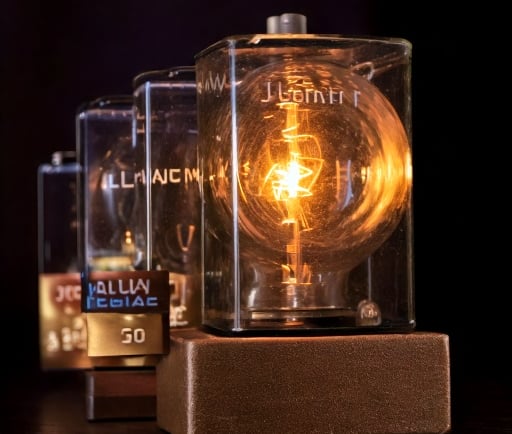Joule's Law: The Relationship Between Heat, Current, Resistance, and Time


Introduction to Joule's Law
Joule's Law is a fundamental principle in the field of electrical engineering and physics, which describes the heating effect produced when an electric current passes through a conductor. According to Joule's Law, the heat generated in a conductor is proportional to the square of the current (i), the resistance (r) of the conductor, and the time (t) for which the current flows. This law not only helps in understanding the relationship between electricity and heat but also plays a significant role in various applications such as electrical safety and equipment design.
The Mathematical Formulation of Joule's Law
Mathematically, Joule's Law can be expressed as: Q = I²RT, where Q represents the heat produced, I is the current flowing through the conductor, R is the resistance, and T is the time in seconds. This equation provides insights into how variations in any of these factors can affect the overall heat generated. For instance, increasing the current will lead to a quadratic increase in heat production, illustrating the importance of managing electrical currents within safe limits to prevent overheating. A thorough understanding of these relationships is crucial in the fields of electrical engineering and thermal management.
Real-Life Applications of Joule's Law
Joule's Law finds application in various real-world scenarios, including electrical wiring, resistive heating appliances, and safety mechanisms in electrical systems. For example, resistors and heating elements utilize Joule's Law to convert electrical energy into heat, providing warmth or enabling various functions in appliances such as toasters and electric heaters. Moreover, the understanding of Joule's Law is essential for ensuring that electrical circuits are designed with adequate load capacity to avoid overheating and potential fire hazards.
In industries where thermal management is a concern, Joule's Law assists engineers in selecting appropriate materials based on their resistive properties, ensuring that they can safely handle the expected electrical loads without excessive heat generation. Additionally, testing equipment that measures current flow and resistance can also be designed around this law to help engineers diagnose problems in electrical systems effectively.
The Impact of Joule's Law
In conclusion, Joule's Law serves as a cornerstone of electrical science, illustrating the interrelatedness of current, resistance, and time in generating heat within conductors. Its mathematical representation and implications extend beyond theoretical applications, translating to significant real-world utilizations that underscore the importance of understanding electrical principles. By recognizing the nuances of Joule's Law, engineers, students, and professionals can better grasp the significance of safe electrical practices and the innovative design of electrical systems.
